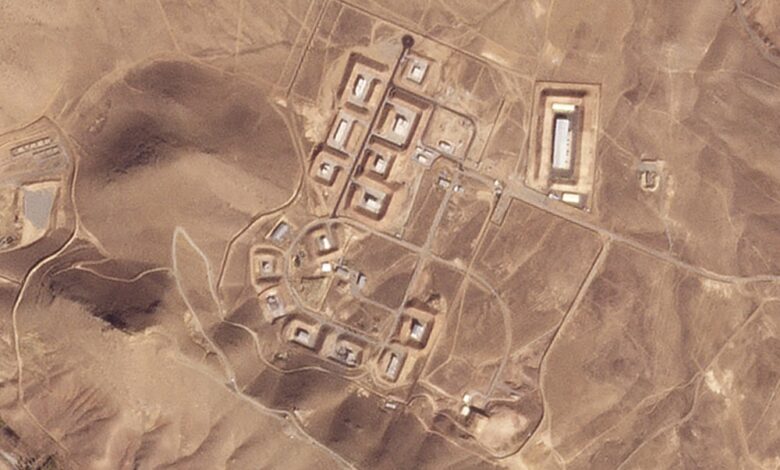IDF Releases Details of Damage to Iran’s Nuclear, Missile Production Sites – WATCH

- IDF Spox. Brig.-Gen. Effie Defrin warned that despite the success of the operation in preventing Iran’s existential threat to Israel, the regime would still attempt to destroy Israel.
IDF Spokesperson Brig.-Gen. Effie Defrin spoke on Friday about the details behind the war with Iran, revealing the scale of damage to Iran’s nuclear and missile programs.
Defrin began by saying that Israel had tried to prevent the expansion and development of Iran’s nuclear and missile capabilities “behind the scenes,” but said they had been “left no choice” but to proceed with the strikes.
The IDF believed that Iran had sufficient nuclear material to assemble several nuclear bombs within a short period of time and that Iran had begun ramping up missile production, aiming to increase its arsenal from 2,500 to 8,000 within two years.
Israel targeted dozens of senior military figures, 11 nuclear experts, as well as a variety of development sites in an opening surprise attack, Defrin noted.
At the same time, the Israel Air Force targeted aerial defense sites ranging from launching facilities to production sites to radar arrays. This led to Israel achieving air superiority over western Iran within a matter of hours.
This surprise attack, says Defrin, prevented a much larger planned Iranian counterattack than what actually occurred.
Israel’s strikes on Iran had two main goals
The next twelve days of strikes had two main goals: first, to target and destroy Iran’s various nuclear enrichment and development sites and Iran’s missile production and launch sites.
Defrin described the US’s strikes on Fordow and Israel’s strikes on Natanz as having prevented Iran from developing a nuclear weapon at this time.
The IAF also targeted thousands of centrifuge production sites as well as other facilities used to produce components needed to produce a nuclear bomb.
The assassination of 11 Iranian nuclear scientists will also have set back the regime’s efforts to produce a nuclear weapon.
The second major focus of the strikes was Iranian missile production and launch sites.
The IDF struck over 30 facilities relating to missile production throughout Iran.
The strikes set back missile production, particularly of long-range missiles, through the targeting of navigation systems factories.
The elimination of over 30 senior Iranian military commanders helped to prevent Iran from deadlier retaliation.
Over 50% of launchers and hundreds of ballistic missiles were destroyed during the strikes.
Over 80% of aerial defense arrays were destroyed in the strikes.
Over 530 missiles and 1,100 drones were launched at Israel, with 99% of the drones being intercepted.
Defrin warned that despite the success of the operation in preventing Iran’s existential threat to Israel, the regime would still attempt to destroy Israel.





